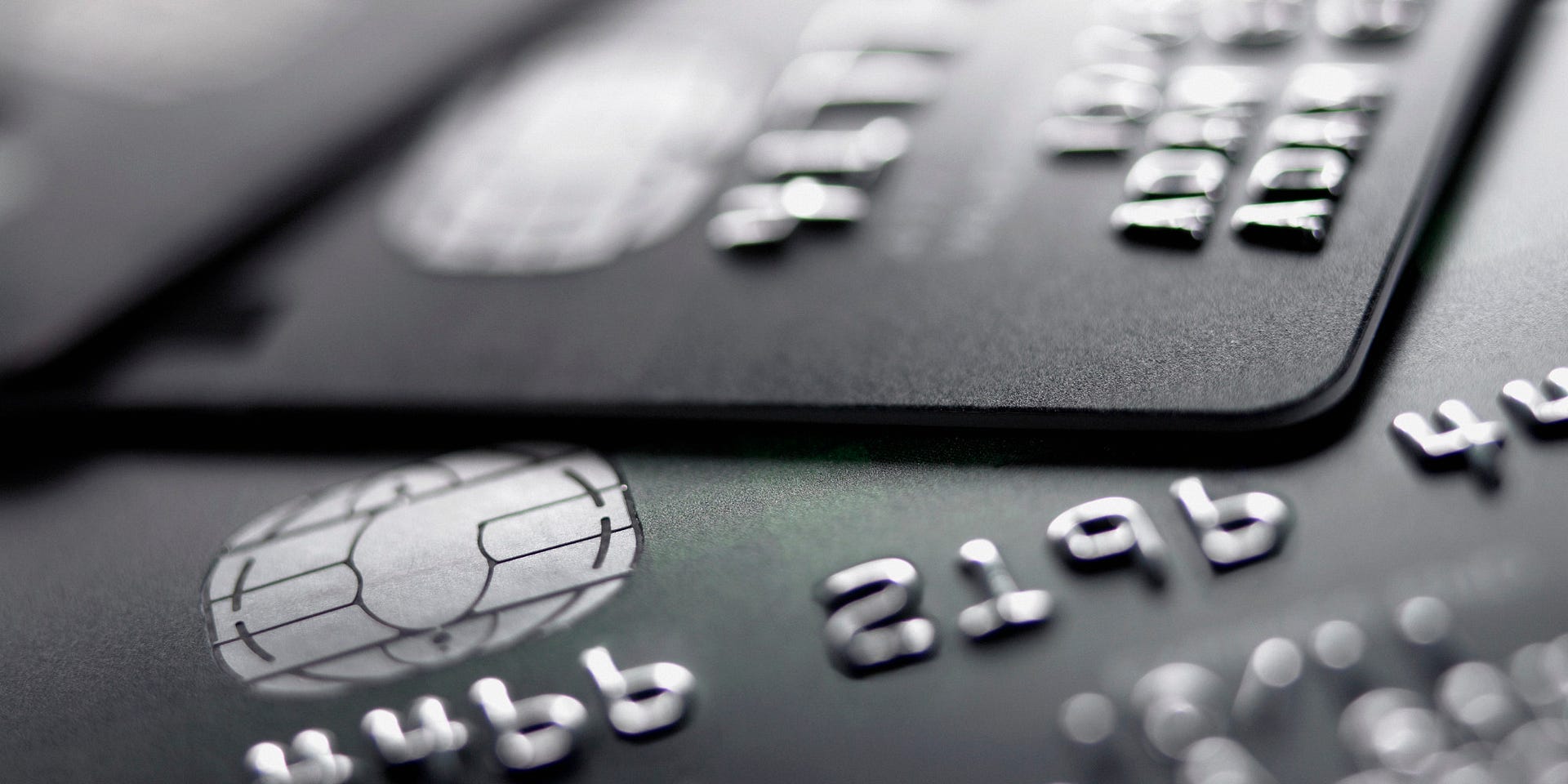
While it may be overlooked today, credit cards and debit cards are truly the first step into a wider world of mobile payment. No longer does a consumer need to go to the bank for his daily spending needs. Instead all their funds are accessible due to a tiny piece of plastic they can keep in their pocket. Instead of fumbling with change or large amounts of cash, consumers can simply swipe, insert, or tap to make their payment.
Early cards were not so mobile. The very first credit cards had to be manually recorded and copied, so a payment form could be sent away. This saved you the convenience of having to use cash but didn’t save you significant time. However, with the advent of magnetic strips for swiping or near field communication (NFC) chips for contactless purchases1, the use of debit and credit cards became the first foray into a convenient version of mobile pay. All your banking information could be encoded into a card and complex computer networking techniques can process payment between cards and terminals, allowing consumers to be on their way in no time at all.
However, as with all business transactions, there must be a trade off. Banks and card companies (like Visa or MasterCard) supply these highly sophisticated cards in exchange for a cut of sales. With the advent of card fees, ranging from transaction limits (for consumers) or a percentage of the transaction revenue, businesses and consumers must consider this additional loss when payment occurs2. Often times businesses will pay this fee, so as not to deter customers from shopping with them. One might suggest that businesses simply refuse to accept these cards (as chains like Walmart have threatened in the past), however research suggests that paying the transaction fees hurts their profit far less than turning away customers who want to pay with cards. In 2012, in the U.S.A. alone, debit and credit cards were used for 73.2 billion transactions2 and a 2015 survey by GfK, a market research company, found that a whopping 70% of Canadian transactions were done by card3. Losing customers over a payment method is bad for business, both in a profit sense and a customer relation sense but this impact to business profit from a new method of payment is something firms must consider in a world where convenient payment is necessary to attract customers.
While card payment may not be mobile payment in its true form, such as phone payment or online currency, it is an important first step to see how businesses must weigh consumer convenience and profitability. This swing towards convenience is here to stay, with consumers not even being deterred of card usage by reports of fraud and poor security according to market research4. Businesses must consider even these first developments in payment methods and adapt to it if they plan to stay competitive in the minds of consumers.
Footnotes
1 Mojtahedi, Negar. (2015, October 23). Tap and Pay Cards: They’re fast and convenient but are they secure?. Global News. Retrieved From http://globalnews.ca/news/2295763/tap-and-pay-cards-its-fast-and-convenient-but-is-it-more-secure/
2 Martin, Allison. (2015, March 1). Should Consumers Mostly Use Credit or Debit Cards? The Wall Street Journal. Retrieved From https://www.wsj.com/articles/should-consumers-mostly-use-credit-or-debit-cards-1425271054
3 La Rose, Lauren. (2016, February 03). More Canadians choosing credit cards, mobile payments over cash , study says. The Globe and Mail. Retrieved From http://www.theglobeandmail.com/report-on-business/economy/more-canadians-choosing-credit-cards-mobile-payments-over-cash-study-says/article28545469/
4 Kosse, Anneke. (2011). Do Newspaper Articles on Card Fraud Affect Debit Card Usage?. Working Paper Series, 1389, 3-21. Retrieved From https://www.ecb.europa.eu/pub/pdf/scpwps/ecbwp1389.pdf?7f526cc700701fe84b39a3ab7c3121a7
